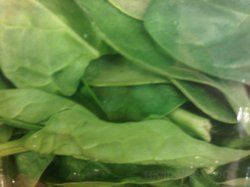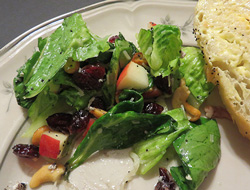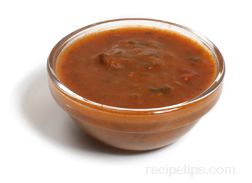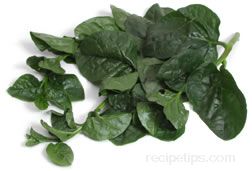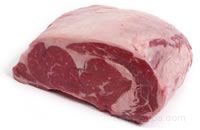|
From fresh salads to sautéed side dishes, spinach makes a nutritious addition to any meal and cooking spinach is easy to do. Look for creative ways to use this leafy green vegetable in pasta, soup, casserole or other main dishes. Or simply add it to any meal as a side dish or in a fresh spinach salad. |
Uses
|
Spinach can be used in many ways. Fresh spinach leaves make the base of many delicious summer salads, including Spinach Salad with Strawberries [LINK TO SPINACH SALAD RECIPE]. Fresh spinach can be added to soup, pasta, lasagna, or sandwiches, or used as a pizza topping. Cold spinach dips can be served with sliced vegetables, such as carrots, zucchini, bell peppers, or cucumbers. Hot spinach artichoke dip makes a crowd-pleasing appetizer spread on crackers or a thinly sliced baguette. Sautéed spinach makes a healthy side dish. |
At Its Best
|
Spinach tastes best when fresh, recently picked, and in season. In summer, check your farmers' market to buy spinach directly from a local grower. If you buy unwashed bunches, you will need to wash and dry the leaves before cooking fresh spinach. You can also find bags or plastic containers at most grocery stores with prewashed fresh spinach or baby spinach (picked earlier, so the leaves are younger and more tender, with a slightly sweeter taste then mature spinach). Use spinach within a few days for best flavor and nutrition. |
How to Buy
|
Asparagus requires a fair amount of space and direct sunlight to grow, and you can't harvest for two to three years after planting. However, if you already have a patch of asparagus and would like to try growing white asparagus, cover the plants in the spring with a thick layer of mulch (eight inches or more). Asparagus requires sunlight to develop chlorophyll. If you shield the shoots from the sun, they'll stay white. Harvest them before they break through the mulch. |
Spinach Preparation
|
Since spinach is as popular as it is healthy, it can be found at most grocery stores and farmers' markets. Look for broad, dark green leaves. You should avoid leaves that look yellowish or pale green, or leaves that look soft, wet, or tinged with very dark green wet spots. If buying prepackaged spinach, check for condensation inside the container and don't buy packages where the leaves are yellowing or getting mushy. |
Storage
|
Spinach is perishable but will last for several days to a week in the refrigerator. First, look over the spinach and discard any yellow or wet, slimy leaves. If storing in a plastic supermarket container, make sure there is not much condensation inside the container. If there is, wrap spinach loosely in a paper towel and transfer to a plastic bag. Do not wash spinach before refrigerating. Fresh spinach can also be frozen and stored for up to two months. To freeze spinach, dip the leaves into boiling water until they just start to wilt, approximately 30 seconds. Then transfer to a bowl of cool water. Drain off excess water and store in an airtight freezer bag labeled with the date. |
How to Sautee Spinach
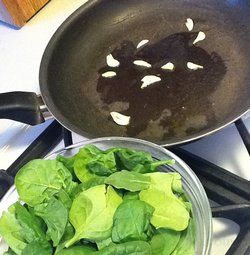 |
|
One simple technique for cooking fresh spinach is to sauté it in olive oil. A small amount of oil, one to two tablespoons, should be enough to coat the bottom of your pan and prevent the spinach from sticking while keeping your side dish healthy and low in fat. |
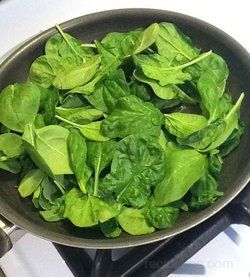 |
|
The other key to sautéing spinach is timing. You don't want to overcook it; instead, simply cook fresh spinach until it just starts to wilt. |
| It should be bright green in color. Follow these tips for a delicious and simple sautéed spinach side dish. |
|
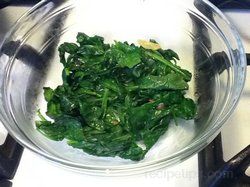 |
|








